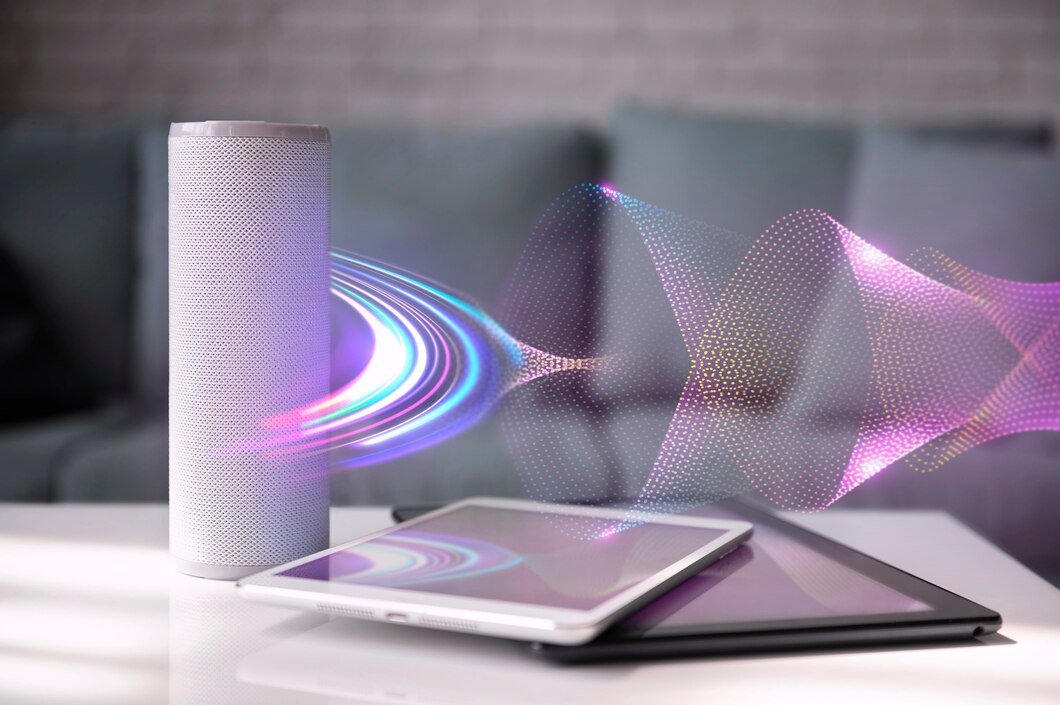Tech
Wireless Charging: The Future of Charging is Here
Wireless Charging: The Future of Charging is Here

What is Wireless Charging?
Wireless charging technology uses electromagnetic induction to transfer power between two objects without requiring any wires or cables. It allows compatible electronic devices like smartphones, smartwatches, tablets, headphones and more to be charged without being plugged in.
While the technology has been around for decades, advancements are now making wireless charging a mainstream choice for consumers and businesses alike. Coherent Market Insights discusses the technology behind wireless charging, its applications and the market outlook for this emerging technology in Wireless Charging Market.
How Does Wireless Charging Work?
Wireless charging uses an electromagnetic field to transfer energy between two coils – a transmitting coil in the charging device and a receiving coil in the device being charged. For inductive charging to occur, the coils must be closely aligned and physically close to each other, typically only a few centimeters apart.
When the transmitting coil is powered, it generates an oscillating magnetic field. This magnetic field induces an electromagnetic force in the closely coupled receiving coil, causing an electric current to flow in it. The energy is then converted and stored by the receiving device’s internal circuitry to charge the battery.
Charging Stations & Mobile Devices
Wireless charging pads or stands are commonly used as charging stations for portable devices. These typically use the Qi wireless charging standard, which ensures compatibility and interoperability across devices. Simply placing a Qi-compatible smartphone, earbuds or watch on the charging pad powers it up without plugging anything in. Some vehicle consoles, furniture and other surfaces now integrate with wireless charging as well.
Advantages of Wireless Charging
– Convenience: Not having to deal with wires or ports makes wireless charging more convenient than plug-in charging, especially for regularly charged devices.
– Clean Interface: Wireless Chargingeliminates the need to plug and unplug cables from small device ports. This prevents wear and tear on ports over time.
– Safety: Inductive charging requires no exposed contacts or ports, lowering the risk of electric shock compared to plug-in charging.
– Multi-Device Compatibility: Single charging stations can wirelessly power multiple devices simultaneously without wired hassles.
Challenges of Wireless Charging
While very convenient, wireless charging also faces some technological hurdles:
– Charging Efficiency: Energy transfer through induction coils is inefficient compared to direct electrical contacts. Some energy is lost as heat during the process.
– Requirement of Close Proximity: Devices must be precisely positioned over charging pads or surfaces for power transfer to occur.
– Speed: Wireless charging is slower than wired fast charging due to efficiency limitations. It typically delivers 5W of power or less.
– Cost: Wireless charging pads, devices and related infrastructure are still more expensive than traditional wiredcharging solutions.
Standards & Interoperability
For true interoperability, wireless charging requires adherence to international standards that ensure safe, consistent performance across products. The dominant standards are:
– Qi: Developed by the Wireless Power Consortium, Qi is the most widely adopted open interface standard. It supports power levels up to 15W.
– AirFuel Alliance: Focused on higher power transfer through resonant magnetic induction using technologies like Powermat during exposure to certain EM fields.
– PMA: Created by the Power Matters Alliance focused on resonant Magnetic Induction with devices in close proximity.
New Developments in Wireless Charging
Advancements aim to address existing limitations and unlock new applications:
– Increased Power Delivery: Newer standards like Qi 1.3 support faster 30W wireless charging speeds to match wired charging.
– Mid-Range Power Transfer: Technologies like resonant magnetic induction can charge over longer distances of several meters.
– Dynamic Charging: Infrastructures that allow “on-the-go” or “in-motion” wireless charging of electric vehicles while driving.
– Flexible Circuits: Emerging flexible and printed organic transistors could enable wireless charging over uneven/curved surfaces.
– Integrated Systems: Wireless charging may get built directly into furniture, walls, vehicles and cities seamlessly charging many IoT devices.
Market Outlook
The global wireless charging market size continues to grow rapidly driven by rising adoption of smartphones, wearables and other portable devices demanding convenient charging solutions. While Asia Pacific currently dominates wireless charging sales due to strong presence of manufacturers and consumers in countries like China, the technology is gaining traction worldwide. Key factors like growing need for simplified charging interfaces, standardization efforts, faster charging abilities and diverse applications in automotive, industrial and smart home sectors are fueling the industry’s overall expansion. For more details on the latest market trends, revenue figures and regional forecasts on wireless charging through 2026, refer to the report published by Coherent Market Insights.
Table of Contents
-

 Tech12 months ago
Tech12 months agoHow to Use a Temporary Number for WhatsApp
-

 Business2 years ago
Business2 years agoSepatuindonesia.com | Best Online Store in Indonesia
-

 Social Media1 year ago
Social Media1 year agoThe Best Methods to Download TikTok Videos Using SnapTik
-

 Technology1 year ago
Technology1 year agoTop High Paying Affiliate Programs
-

 Tech8 months ago
Tech8 months agoUnderstanding thejavasea.me Leaks Aio-TLP: A Comprehensive Guide
-

 Instagram3 years ago
Instagram3 years agoFree Instagram Auto Follower Without Login
-

 Instagram3 years ago
Instagram3 years agoFree Instagram Follower Without Login
-

 FOOD10 months ago
FOOD10 months agoHow to Identify Pure Desi Ghee? Ultimate Guidelines for Purchasing Authentic Ghee Online



















